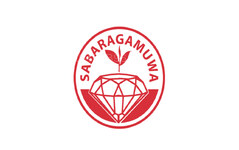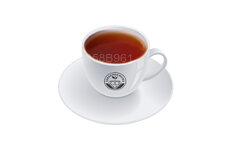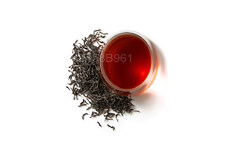
Çay Tarlaları
Sri Lanka'nın çoğunlukla orta kesimdeki yaylalarda bulunan çay tarlaları, dünyanın en kaliteli çaylarından bazılarını üretmeleriyle ünlüdür. Kandy, Nuwara Eliya ve Hatton gibi yerlerdeki bu yemyeşil plantasyonlar, doğal güzellikler ve zengin bir tarih sunmaktadır. Tarlalar, dünya çapında yüksek kaliteli Seylan çayı ihraç ederek ülke ekonomisine önemli katkı sağlamaktadır.

Seylan Çay Bölgeleri
Fincanınızda demlenen çayın anlatacak bir hikayesi var. Engebeli tepelerden, bol güneş ışığından ve yemyeşil eyaletlerden bahsediyor. Sri Lanka'da çayın çoğu, orta ve güney eyaletlerinde üretiliyor. Değişen rakımlar ve mikro iklimler, Seylan çayının kendine özgü lezzetini, rengini, aromasını ve mevsimselliğini etkiliyor.

Seylan Siyah Çay Çeşitleri
Seylan Çayı, bildiğimiz haliyle, kendine özgü tat ve aromalara sahip farklı çeşitlere sahiptir. Çeşitli çayların yanı sıra, Seylan çayının da ayrıldığı çeşitli sınıflar vardır.
Sabaragamuwa Tea
Sabaragamuwa is one of the biggest tea-growing regions in Sri Lanka. This growing region covers the western and southwestern and central mountains of the country.
The teas of Sabaragamuwa, in other words, Ruhuna, are mainly low-grown. all the estates range in elevation from sea level to around 2,500 feet.
The highest estates lie just below the boundaries of the Sinharaja and Peak Wilderness nature reserves. the environment consists of rainforests, cloud forests, and high grassy plains in this region.
As a result, they produce tea of a somewhat different character to that grown at lower elevations in the district. And also, some of these estates receive the highest rainfall of any in the plantation districts.
Other upper Sabaragamuwa estates receive some weather from the nearby Uva climatic system. Therefore, they produce in an entirely different way.
Sabaragamuwa produces a fast-growing bush with a long leaf, very black when withered, and well suited for ‘rolling’ (see manufacturer). The liquor, too, is similar to that of Ruhuna tea, dark yellow-brown with a reddish tint in the dry season, though lightening somewhat with altitude.
However, the ‘nose’ or aroma, is noticeably different from the Ruhuna product, with a hint of sweet caramel, and not quite as strong as the latter. The flavor, too, is strongly marked, especially with respect to low-grown examples.
These are general comments, However, and need not apply to all teas produced in Sabaragamuwa. The districts contain a number of sub-districts such as Ratnapura, Rakwana, Kaltura, Matara & Weligama close to the Southern coast.






